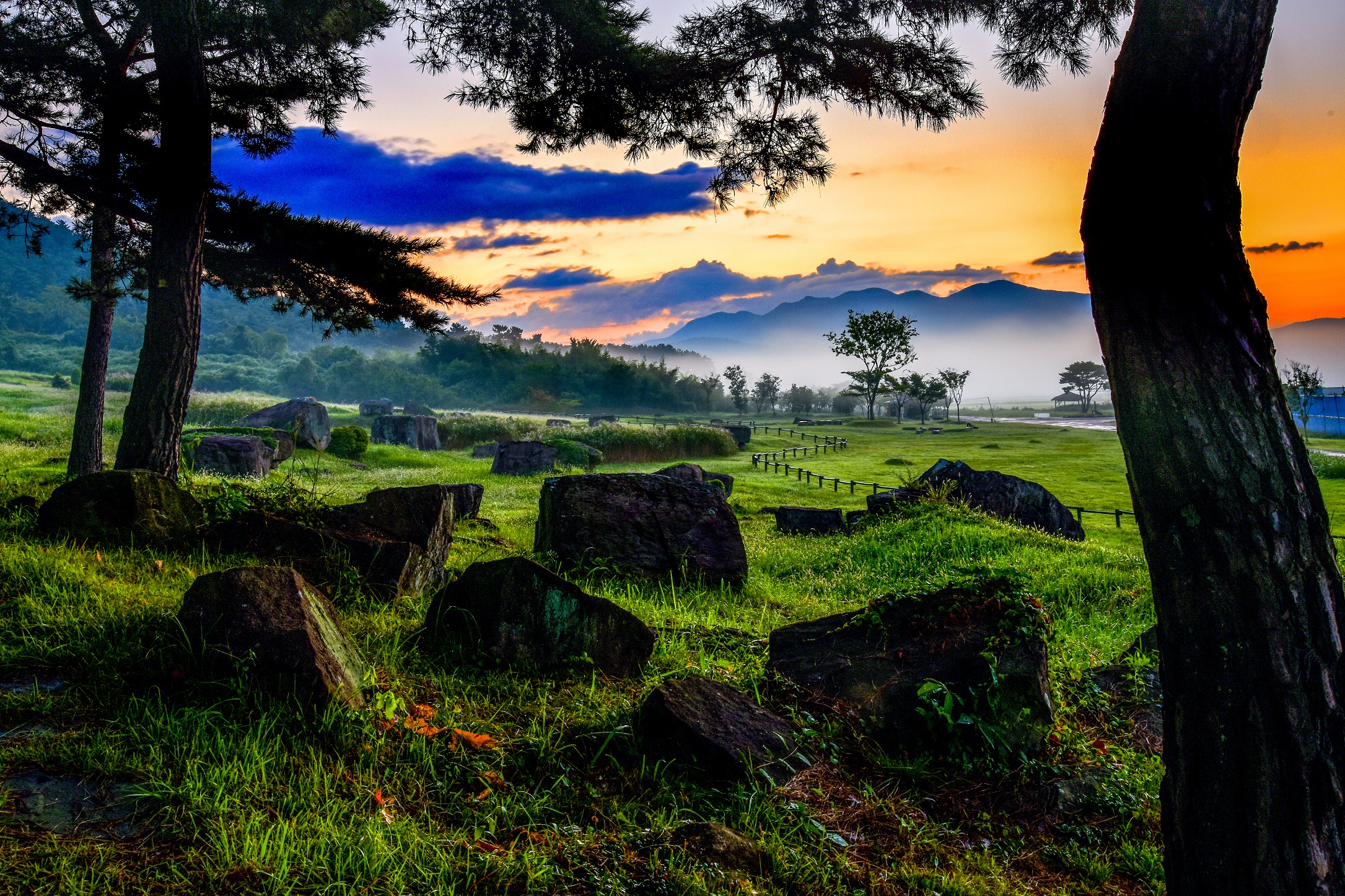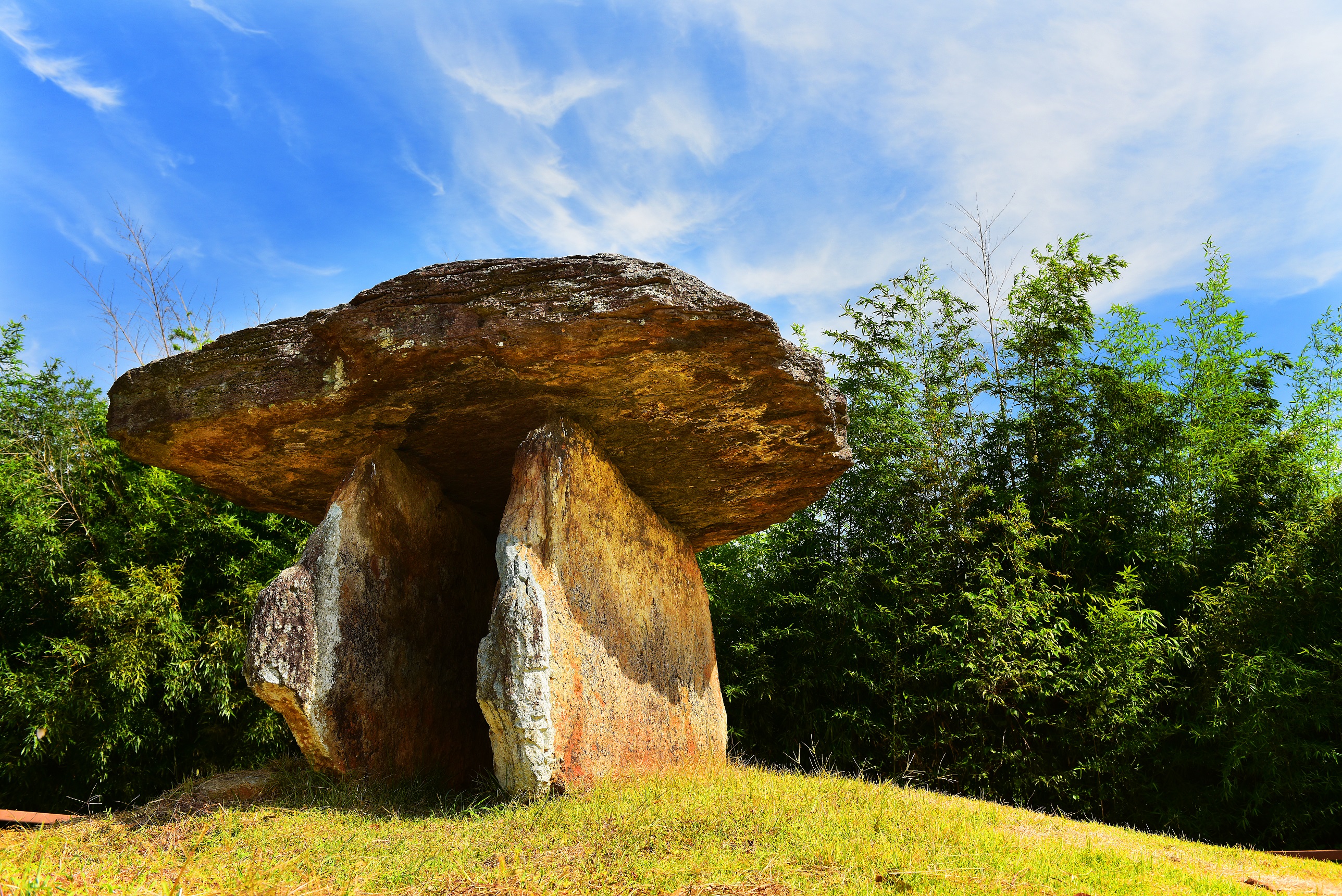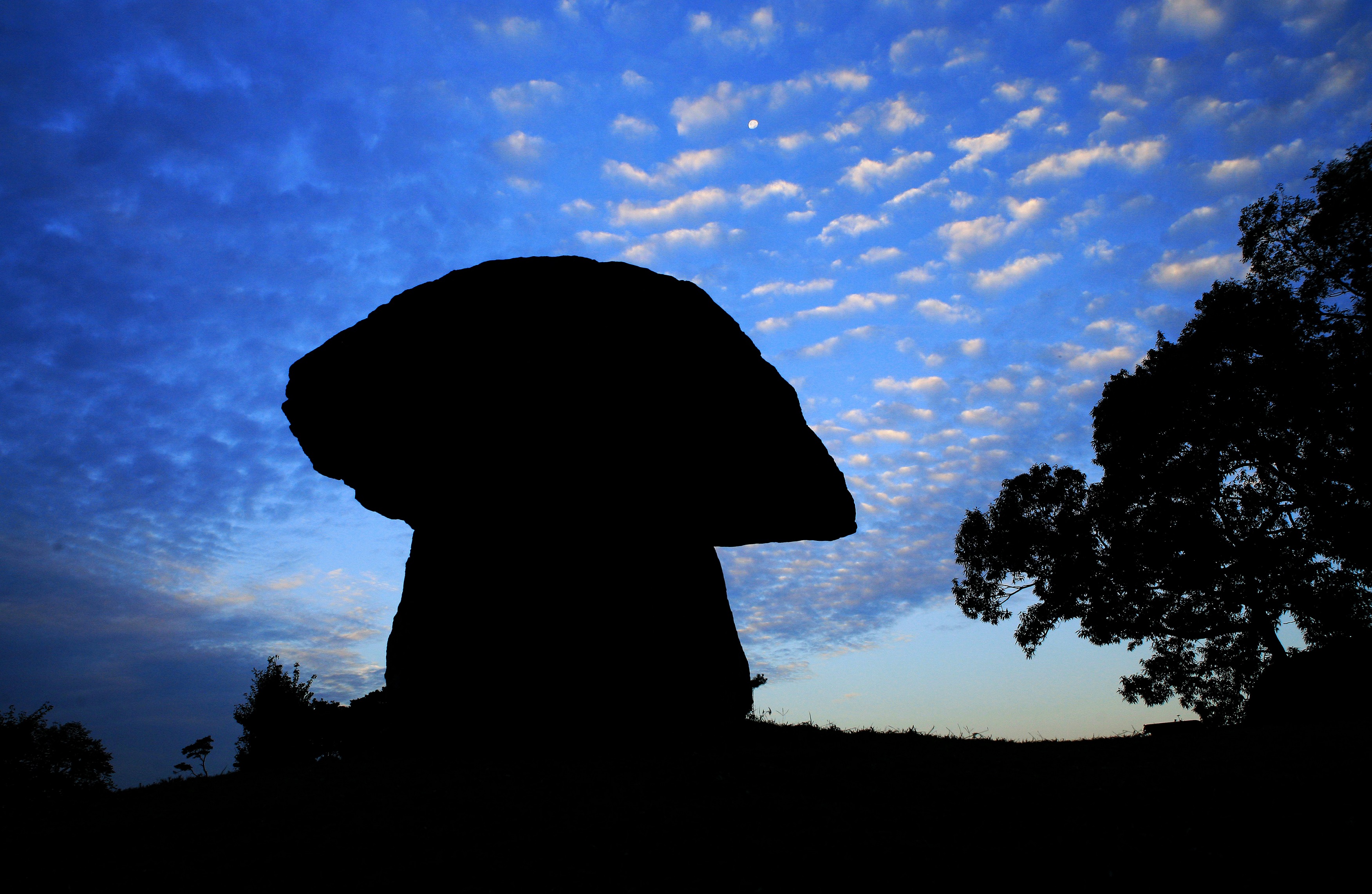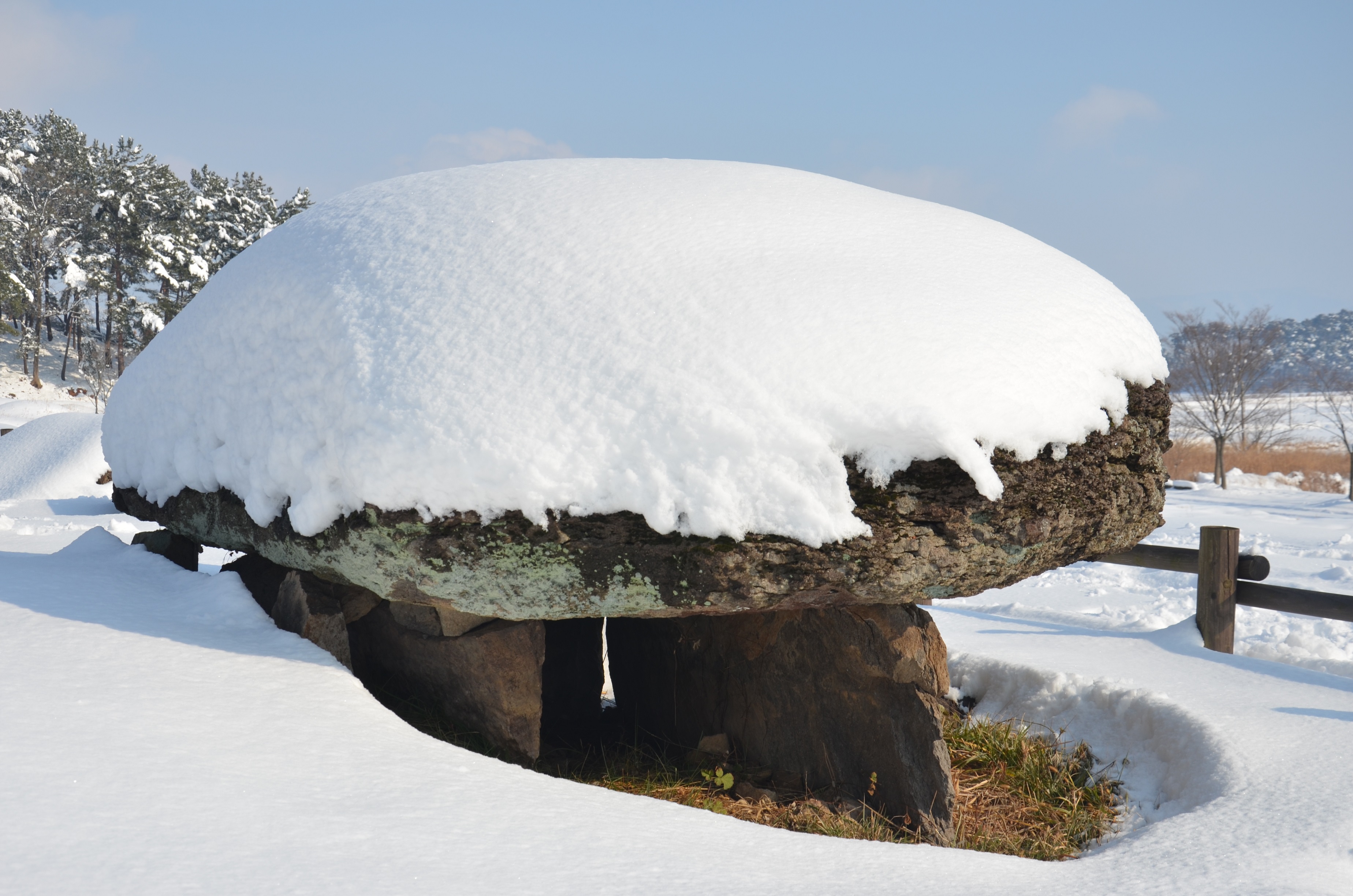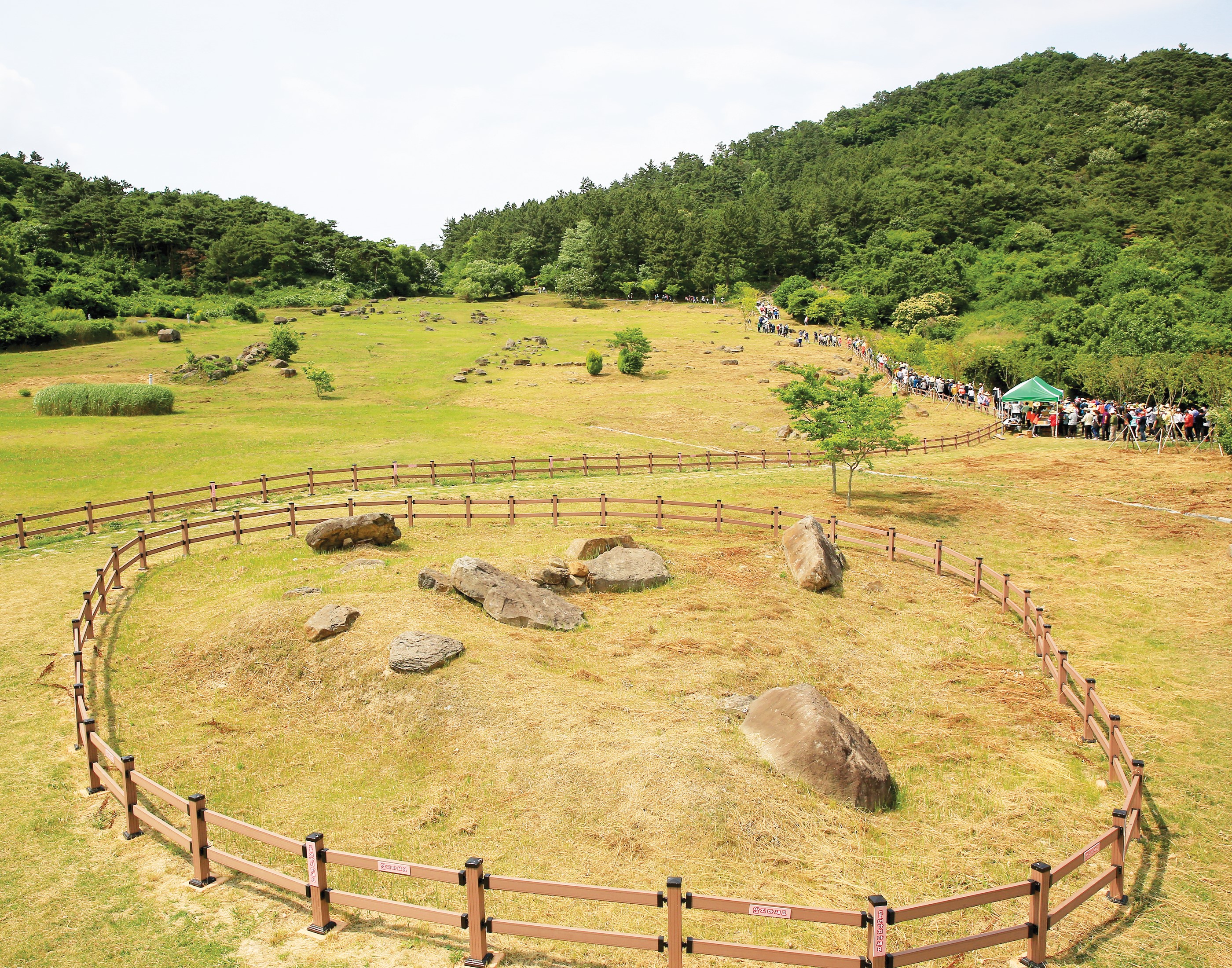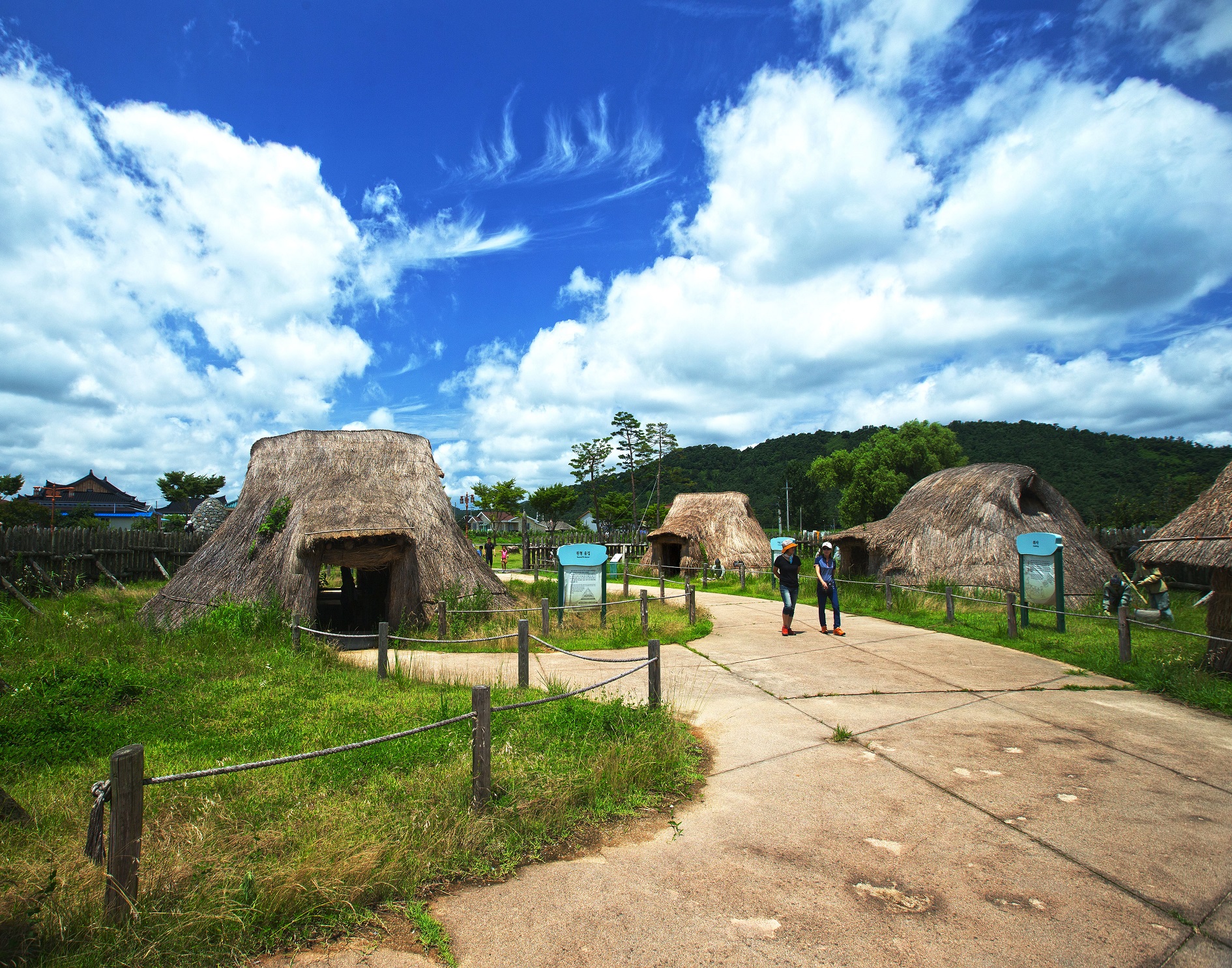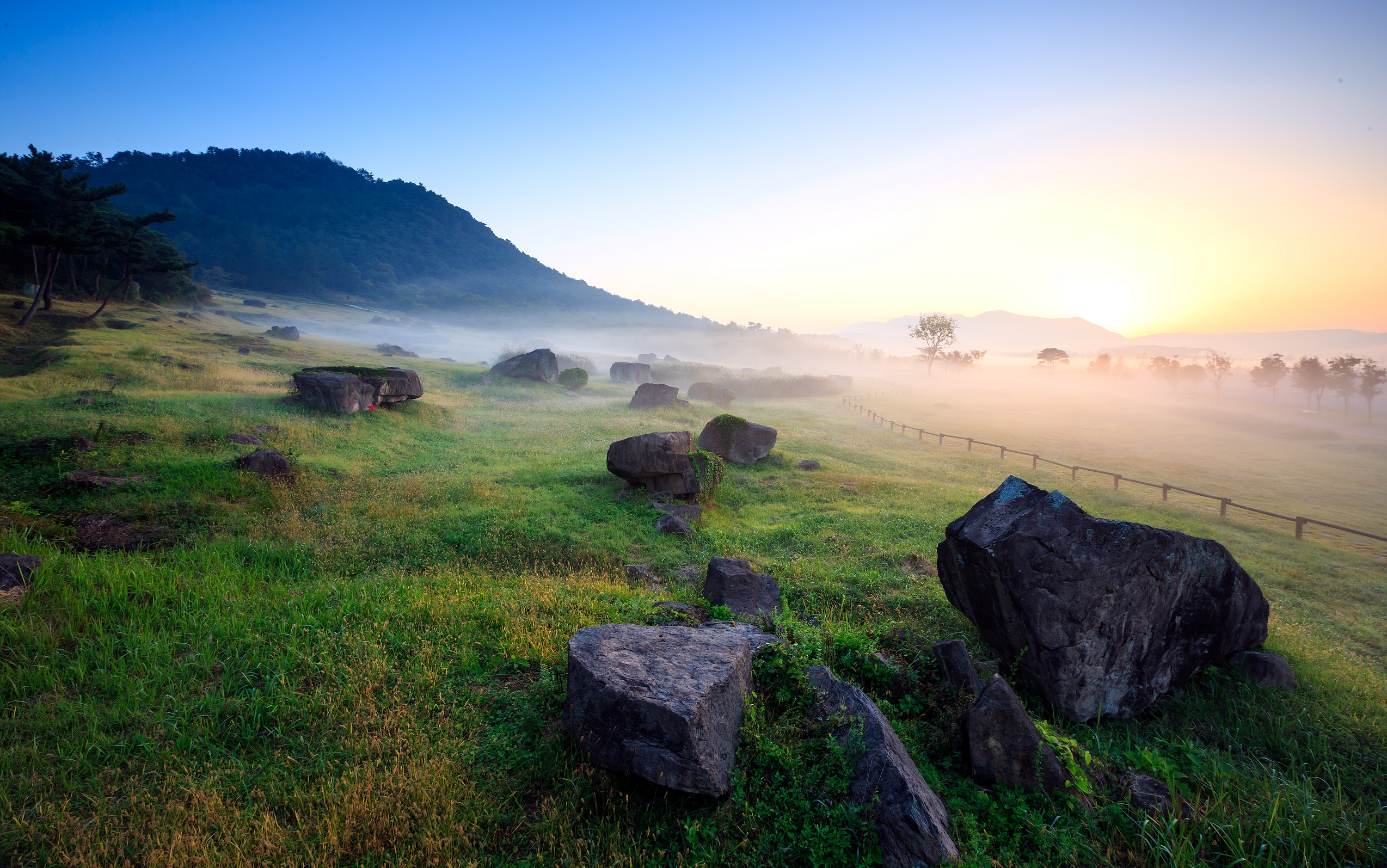Dolmens are representative burial structures from the Bronze Age and are known to be distributed across Korea, with over 30,000 dolmens in the country.
Among them, dolmens are densely concentrated in the southwestern coastal region of the Korean Peninsula, including Jeollanam-do and Jeollabuk-do provinces. In Jeollabuk-do, it is known that there are over 2,600 dolmens distributed, with Gochang having the highest concentration. Gochang is famous for having over 1,665 dolmens, which is more than 63% of the dolmens in Jeollabuk-do, making it the most densely populated area for dolmens in Korea.
In Gochang, 1,655 dolmens were confirmed to be distributed in 205 clusters in 2003. In the cultural heritage distribution map of 2005, 1,327 dolmens were surveyed. According to the data collected by the Museum of Gunsan University in 2009, excluding the Gochang Dolmen Site designated as a World Heritage Site, 1,124 dolmens were reported in 174 clusters. Recent data shows that over 1,600 dolmens have been confirmed in more than 185 clusters in the Gochang area.
The Gochang Dolmen Site not only forms the largest cluster of dolmens in Korea but also features a variety of dolmen types distributed in one area. It provides important evidence for understanding the process of dolmen construction, including the existence of quarry sites. The site has been recognized for its outstanding universal value and was inscribed as a UNESCO World Heritage Site under Criterion III (being unique or exceptionally old).
